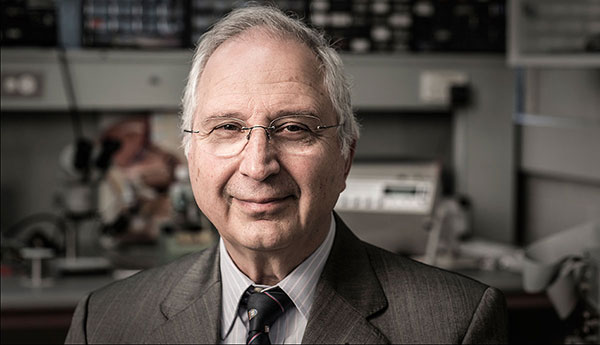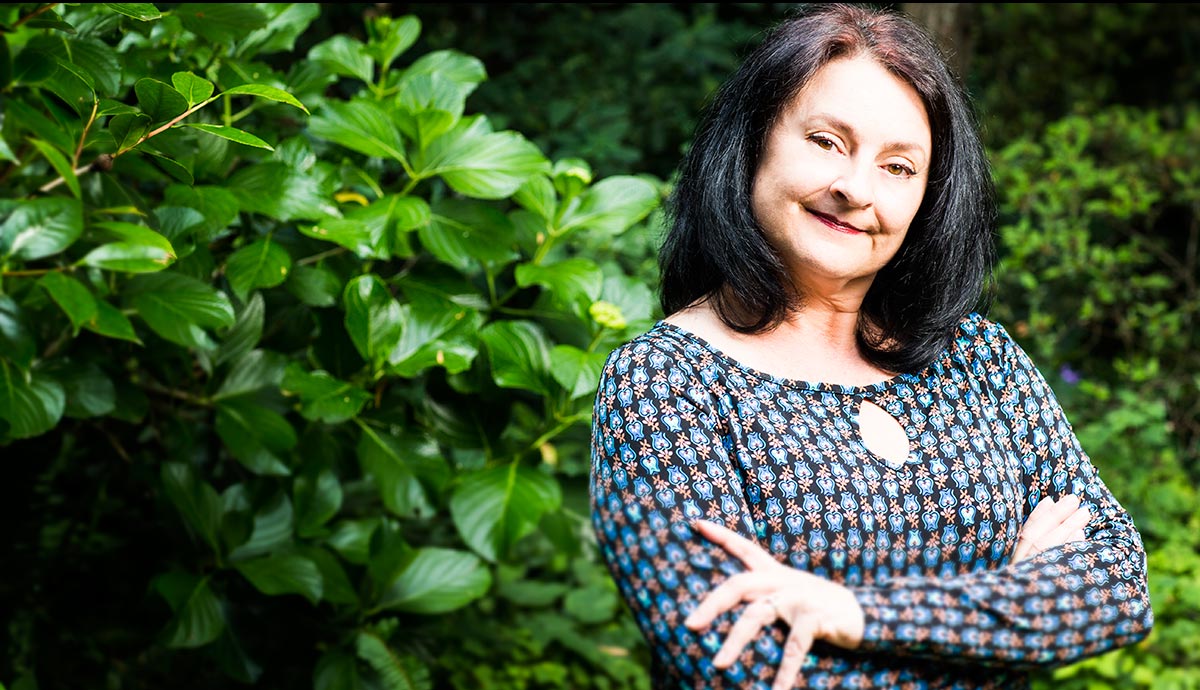December 3, 2016
UOW receives $1.75M to explore next frontier of health and medical research
Researchers to investigate effects of long-term cannabis use, develop drugs to fight hospital superbugs and improve radiotherapy treatments.
University of Wollongong researchers have been awarded more than $1.75 million in National Health and Medical Research Council (NHMRC) grants announced today (3 December).
The funding includes three project grants, with one led by Associate Professor Nadia Solowij, from the School of Psychology, who has been awarded $731,571 for a four-year project that uses imaging to assess changes in brain structure and function associated with long-term cannabis use and dependence.
The study involves recruiting regular, heavy cannabis users and mapping changes that occur in the brain over a 12-month period and how they relate to real-world functioning and quality of life.
“Previous work has focused more on just the levels of cannabis use, whereas this study acknowledges that some people can use cannabis frequently without significant impairment while others develop addiction and a range of poor functional outcomes,” Professor Solowij said.
Professor Solowij said the project team, including partners at Monash University and the University of New South Wales National Drug and Alcohol Research Centre, would test the models of addiction used in neuroscience that have been applied to other drugs but never examined in cannabis users.
Severe cannabis use disorders are present in 13.1 million people worldwide yet only a fraction seek treatment, leading to possible harms to quality of life and outcomes including mental health, cognition, motivation and general wellbeing.
“We will characterise, for the first time, the brain alterations associated with cannabis dependence relative to regular recreational use via advanced imaging techniques and examine links between neural alterations and quality of life,” Professor Solowij said.
“This study will help to identify new treatment targets and develop a new neural model of cannabis addiction.”
Professor Solowij said that despite the current interest in medicinal cannabis and her own ongoing involvement in such studies, a balanced research program is required to understand both the harms and the benefits that users experience.
The knowledge gained from the study could then be used to develop practical treatments for people with cannabis use disorders.
Professors Stephen Pyne and Paul Keller, from the School of Chemistry, has been awarded $523,460 for a three-year project that will develop drugs to treat bacteria infections in the bowel, known as Clostridium difficile infections (CDI).
Clostridium difficile is a bacteria that lives in people’s intestines as part of the normal balance of digestive bacteria.
An imbalance can lead to an overproduction of the bacteria, releasing toxins that attacked the intestine lining and causing symptoms such as diarrhoea, abdominal pain and fever.
It is classified as the number one antibiotic-resistant bacterial threat in the US where there are 500,000 cases of infection and 30,000 deaths a year. Only two antimicrobials have FDA approval for treating CDI, but these result in high rates of recurrence.
“It is an increasing problem for hospitalised patients in developed countries, including Australia. It is estimated that infections in the US alone costs $3 billion a year and challenges staph as the most common healthcare-related infection,” Professor Pyne said.
“A previous NHMRC-funded project established drug leads against CDI and we now require continued studies to develop our drug leads towards marketable therapeutics.”
To continue the next important stage of the drug development process requires fine tuning of the structural features of these drugs ensuring their maximum efficacy, selectivity and minimum systemic uptake.
Distinguished Professor Anatoly Rozenfeld, who leads the Centre for Medical Radiation Physics, has been awarded $501,265 over three years to develop an instrument for 3D dose verification of radiation treatment delivered to organs, such as the lungs, that have large variation of shape and position due to respiration.
“The continued progress of radiation therapy for cancer patients has been driven by technology developments that have increased the complexity of radiation delivery, but has come at the cost of increased potential for errors in radiation planning and delivery,” Professor Rozenfeld said.
Complex robotic treatment machines can deliver very precise doses to tumours with one-millimetre accuracy and have the ability to track moving tumours, such as the lung, during the treatment as they move with respiratory or other biological changes.
“Verification of motion adaptive treatments is particularly difficult due to the lack of optimal commercial quality assurance dosimetry equipment designed for that purpose,” he said.
“Development of an innovative 3D dose quality assurance instrument called the Magic Cube and demonstrating the potential for error-free complex radiotherapy delivery in a clinical setting will enhance treatment outcomes and patient quality of life.”
Deputy Vice-Chancellor (Research and Innovation) Professor Judy Raper congratulated the researchers on their success.
“NHMRC Project Grants are highly competitive and this success demonstrates the high-calibre research UOW is engaged in.”

